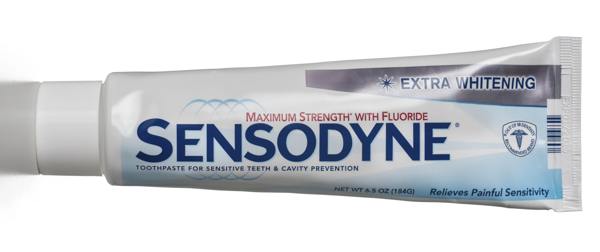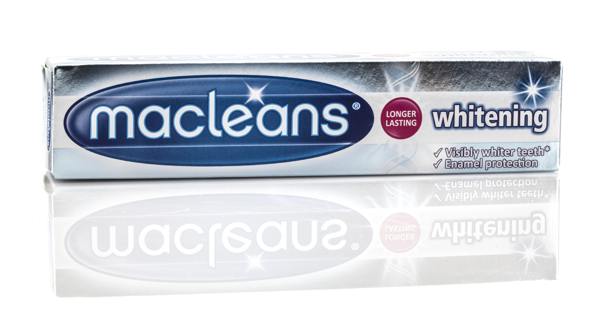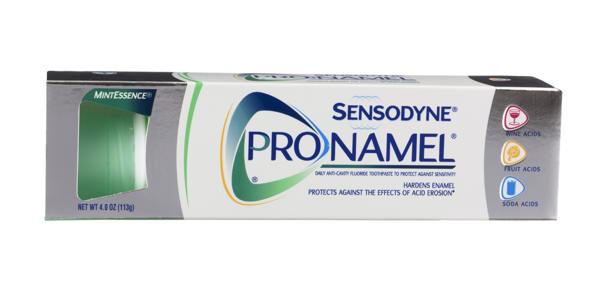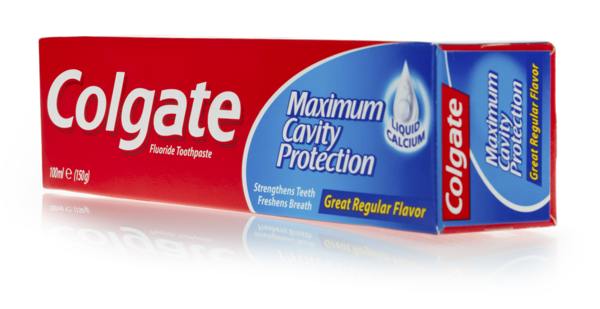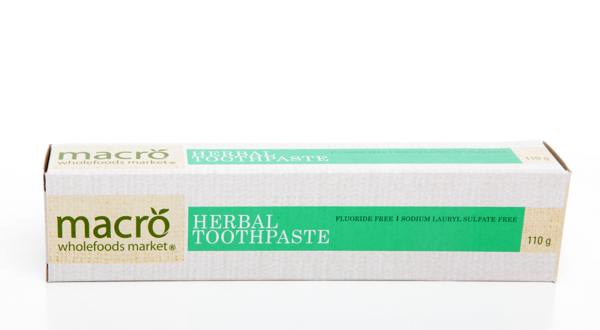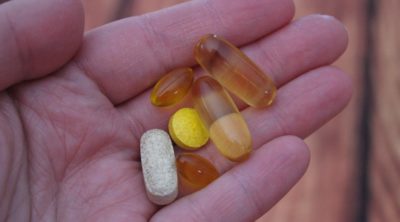
Depending upon the active constituents of toothpastes, they are classified into 5 main types; anti-decay, whitening, desensitizing, anti-plaque, and anti-calculus.
Did You Know?
More than 95% of toothpastes available in the United States are fluoridated, which helps prevent tooth decay.
It is a no-brainer that to keep teeth healthy and strong, one should use a toothpaste to brush teeth regularly. However, there are different kinds of toothpastes available, and each one is formulated keeping in mind the unique oral health needs of consumers. Although most toothpastes contain fluoride, some of these oral products are designed to meet specific dental requirements and situations. Their use goes beyond cleaning teeth and removing bad breath. The following WellnessKeen write-up discusses the different types of toothpaste.
Desensitizing Toothpaste
This toothpaste is formulated for people with sensitive teeth. Tooth sensitivity occurs when the enamel (white outer covering of the tooth) gets damaged and exposes the inner layers of the tooth, referred to as the dentin. The dentin contains tubules (tiny channels) that are connected to the nerves of the tooth. This inner layer of the tooth is very sensitive. So, when it is exposed to hot and cold foods, it can irritate the nerves of the tooth and cause pain.
A desensitizing toothpaste contains an active ingredient known as potassium nitrate, which prevents the tubules from sending pain signals to the nerves. Thus, blocking this transmission of pain signals actually helps in alleviating discomfort associated with sensitive teeth. Calcium-based desensitizing toothpastes that contain a specific ratio of arginine and calcium are also found to be useful in reducing tooth sensitivity. However, using this toothpaste does not mean that you will experience perceptible pain relief on day 1 itself. It is essential to use the toothpaste regularly for at least a month to minimize pain substantially.
Whitening Toothpaste
Drinking excess coffee or other dark beverages often causes staining of teeth. If you are looking for an easy way to reduce stains, then using a whitening toothpaste is recommended. The abrasive particles in these toothpastes act like scouring agents, which help to scrub the stains off the surface of the teeth. Aluminum oxide, calcium carbonate, dicalcium phosphate dihydrate and hydrated silica are some of the abrasive agents that may be present in these toothpastes. Many times, the whitening formula of these toothpastes is supplemented with polishing agents, which further help to lighten the stains. All in all, these toothpastes do help in restoring and maintaining the natural whiteness of teeth.
Anti-decay Toothpaste
This toothpaste that we normally use everyday is designed to keep your teeth healthy and strong. It chiefly contains fluoride, a naturally-occurring mineral, that helps to protect against tooth decay. Bacteria in the oral activity combines with sugar and starch to form acids, which tends to demineralize the enamel. The fluoride in the anti-decay toothpaste protects the enamel from demineralization, thereby keeping the teeth free from cavities. In fact, regular use of a fluoride toothpaste can even help reverse early stages of tooth decay.
Anti-plaque Toothpaste
This type of toothpaste plays a key role in restricting buildup of plaque. Dental plaque refers to pale yellow film, made up of bacteria, that covers the teeth. It is constantly forming on the surface of the teeth, and is considered to be the primary contributor in the development of gum diseases and cavities. An easy way to protect healthy teeth from plaque buildup is to use an anti-plaque toothpaste. This toothpaste is found to be effective in removing plaque from the most difficult areas of the oral activity. Some of the top selling anti-plaque toothpastes contain chlorhexidine―an effective antibacterial agent that is proven to restrict activity of harmful bacteria. Some toothpastes contain zinc citrate and triclosan that also provide anti-plaque effect and reduce the actions of bacterial toxins.
Anti-calculus Toothpaste
As aforementioned, plaque naturally develops on the surface of the teeth. As plaque begins to accumulate, it may harden to form calculus (tartar), a term that denotes calcification of plaque. Also referred to as tartar control toothpaste, this oral product may control and even reverse calcification of plaque, and prevent further buildup of tartar. Apart from containing antibacterial agents, like pyrophosphates and triclosan, quite a few tartar control toothpastes contain a combination of fluoride and whitening agents that stop accumulation of tartar above the gum line, while the whiteners rub against the tooth to remove stains.
Smokers’ Toothpaste
As the name suggests, this type of toothpaste is especially formulated for smokers. It is a well-known fact that smoking causes discoloration of teeth. Brown patches tend to appear on the surface of the teeth. Similar to a whitening toothpaste, a smokers’ toothpaste also contains abrasive particles. However, the particles are coarser, which helps remove tough nicotine stains from the surface of the tooth. Due to presence of strong, harsh abrasives, it is advised to avoid long-term use of a smokers’ toothpaste.
Herbal Toothpaste
Herbal or natural toothpastes may be recommended to individuals who are allergic to ingredients present in fluoride toothpastes. Usually, this natural toothpaste is fluoride free, and some of the benefits―fighting bacteria and reducing plaque buildup―the herbs provide are backed by scientific evidence.
Whichever toothpaste you choose, depending upon your oral hygiene needs, make sure it has been endorsed by the American Dental Association (ADA). The ADA seal of acceptance ensures that the product is safe, highly effective, and meets the set standards of manufacturing. Most importantly, the ADA approval guarantees fluoride in the toothpaste, which is necessary to prevent tooth decay. In any case, consult your dentist, assess your needs, and accordingly, buy a toothpaste that works for you.
Disclaimer: The information provided in this article is solely for educating the reader. It is not intended to be a substitute for the advice of a qualified dentist.
